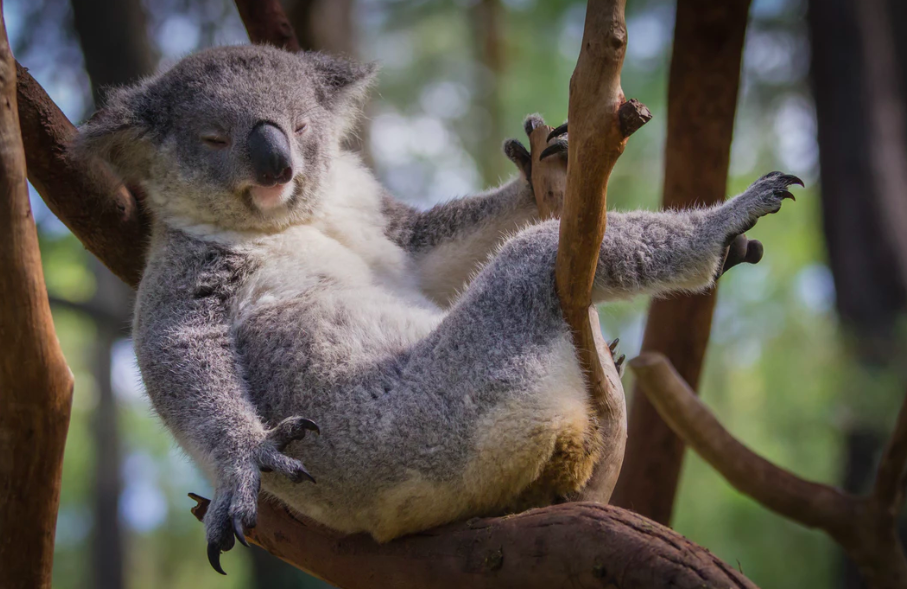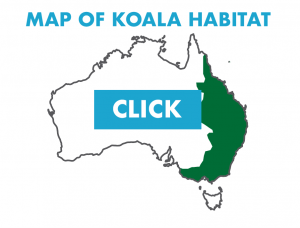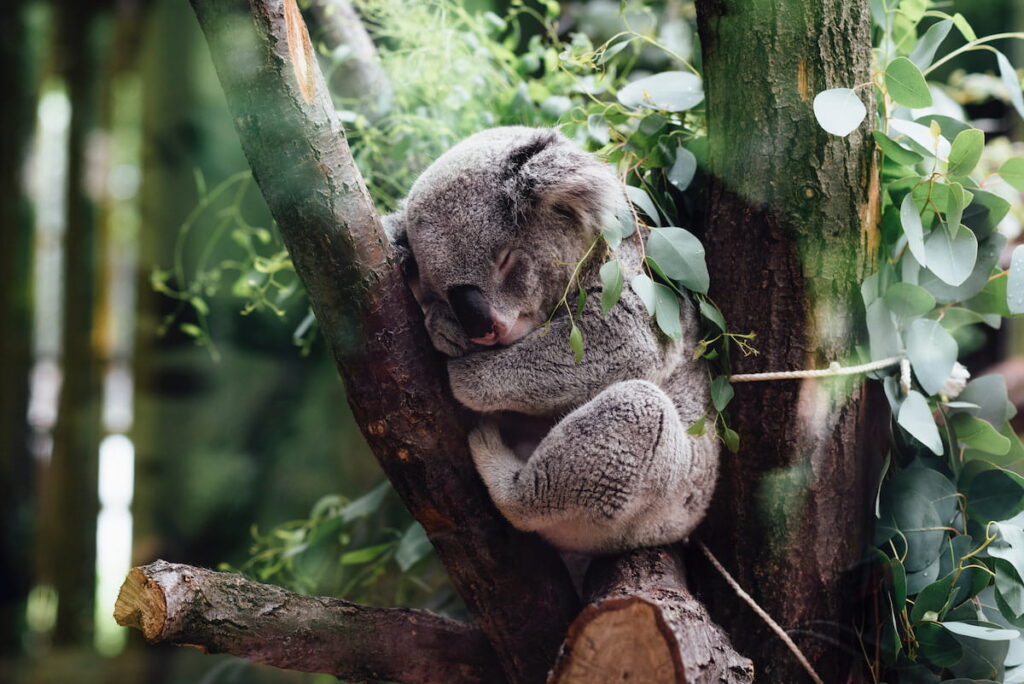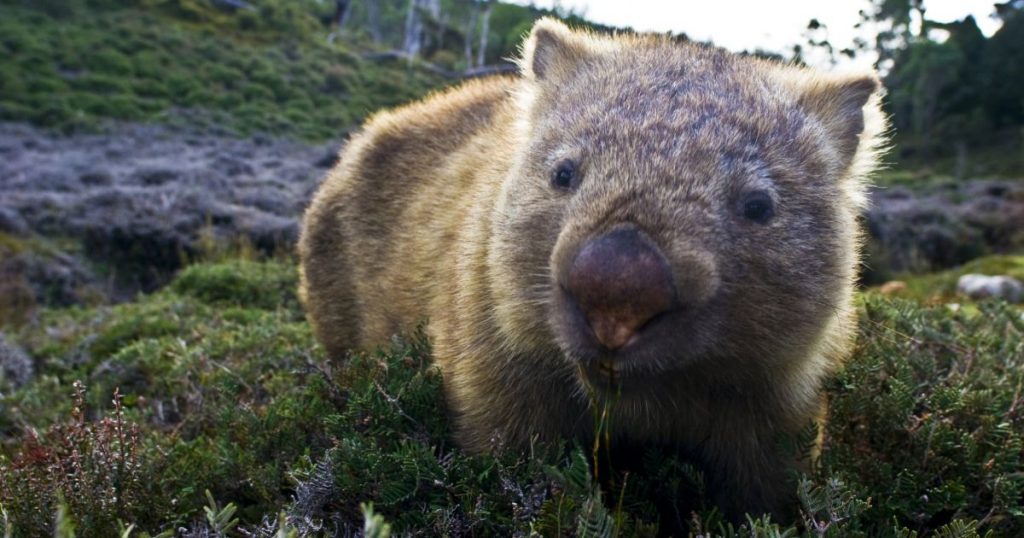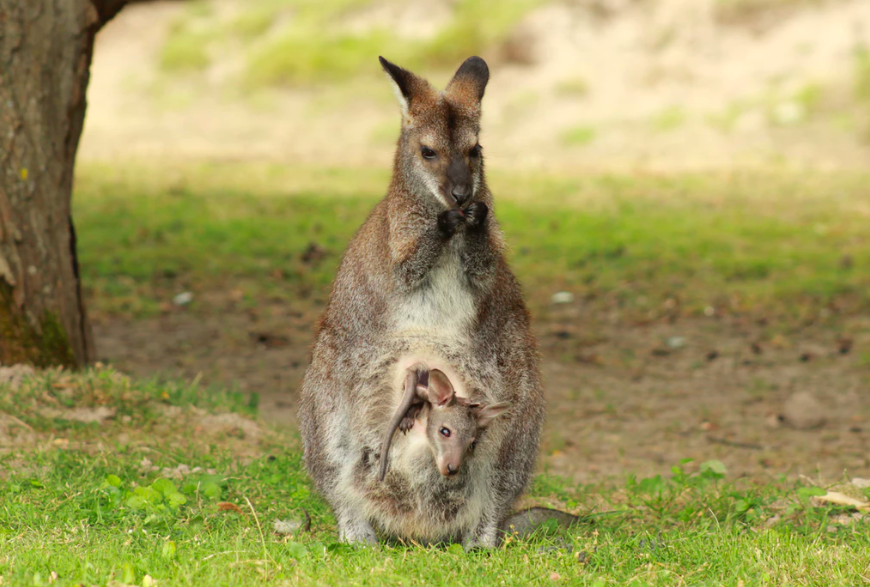Koala Facts
More about Koalas:
The word “koala” comes from the Dharug word “gula”. Early settlers miscalled the koala the koala bear, due to its resemblance to a bear.
Koalas are stocky with large heads. The males are nearly 50% larger than females and can be distinguished by their curvier noses and hairless patches on their chests.
The koala has a very small brain in comparison to any other mammal based on proportion to body weight. Their brains weigh only 19.2 grams, and the surface is quite smooth. It only takes up 61% of the cranial cavity. The size of their brains makes it difficult to perform complex behaviors, including eating eucalyptus leaves from anywhere other than a branch.
Diet:
Koalas have a diet of mainly eucalyptus leaves, but can sometimes be found in other trees such as acacia, melaleuca, and more. They can consume about 400 grams of leaves each day, over the course of 4-6 feeding sessions.
Koalas do not receive much energy from their diet, so they sleep up to 20 hours each day. They are mostly active at night.
Social Behaviour:
Koalas are not the life of the party. They are pretty asocial, and on average spend about 15 minutes of their 4 hours away conducting social behaviours.
Reproduction:
The koala is a seasonal breeder and the birth of the joey occurs between October and May. The average gestation period is from 33-35 days, then the female will birth the joey. They are also born as an embryo with well-developed forelimbs, lips, a functional respiratory, urinary, and digestive systems. The joey then crawls to the mother’s pouch where it will finish its development.
When the joey has reached six months of age, the mother will start to prepare it for its eucalyptus diet by pre-digesting the leaves and producing a fecal pap. The pap is a supplementary protein source to transition from a milk to leaf diet. For the next 6 months of its life, the joey emerges from the pouch and clings to its mothers back as a mode of transportation. It will learn to climb and begin to spend more and more time away from the mother, and at 12 months will be fully weaned. As soon as the mother becomes pregnant again, the bond with her previous joey is severed. She will become very aggressive toward them, forcing them to move on.
Threats to Koalas:
Koalas are increasingly susceptible to declining populations for several reasons. As eucalypt forests are being cleared to make room for human settlement, mining, forestry, factories, roads, and more, the koala is losing its habitat. Habitat loss is the number one threat to koalas.
In addition to habitat loss, koalas are also affected by human disturbance, injury & death by motor vehicles, dog & cat attacks, pesticides, food & territory competition, and increased stress causing disease. Koalas are well-known to contract chlamydia, causing blindness, pneumonia, UTIs causing infertility.
Koala Conservation:
While the threats to koalas are very real, there are also a growing number of organizations that are fighting back and working towards conservation of these iconic animals. Many efforts are focused on habitat conservation. Check out a few of the organizations that are working hard to keep koalas safe and healthy:
SEEtheWILD also partners with Echidna Walkabout, a tour operator and major advocate for the conservation of koalas. Have a look at their tours here, which all include a conservation action!

